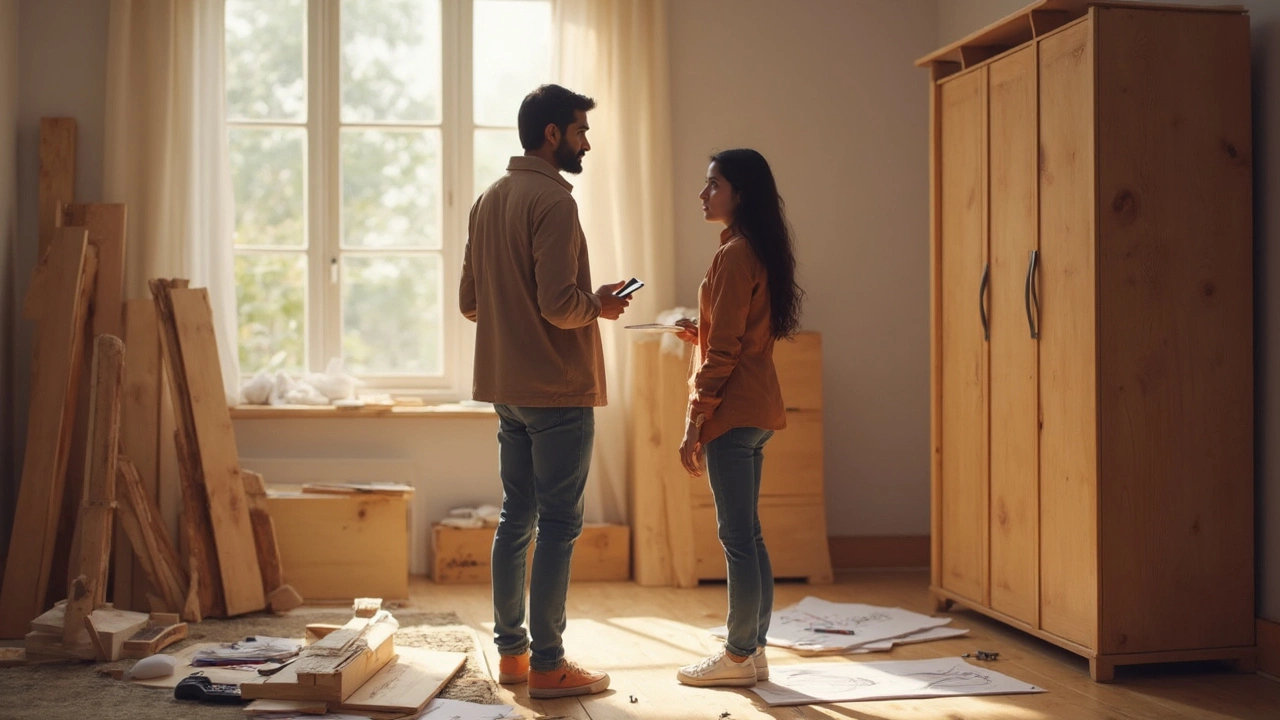Cost of Wardrobe: What Affects Price and How to Keep It Low
If you’re scrolling through furniture catalogs and wondering why one wardrobe costs $500 and another hits $3,000, you’re not alone. The price tag is a mix of material, size, design details, and where you buy it. Understanding these pieces helps you plan a realistic budget and avoid surprise add‑ons.
Key Factors That Drive Wardrobe Prices
Material matters. Solid wood such as oak or walnut commands a higher price than particle board or MDF. Look for engineered wood if you want a wood look without the full cost.
Size and interior layout. A simple two‑door closet with a single shelf is cheap; adding drawers, hanging rods, shoe racks, or custom compartments quickly adds labor and material costs.
Finish and hardware. A high‑gloss paint, veneer, or hand‑stitched veneer adds to the total. Same goes for quality handles, soft‑close hinges, and lighting.
Customization. Built‑in wardrobes designed to fit a nook or specific wall dimensions are pricier because they require precise measurements and bespoke manufacturing.
Location and retailer. Buying from a boutique showroom usually costs more than ordering online. Shipping and installation fees also vary by region.
Tips to Get the Best Value for Your Wardrobe
Start with a clear list of what you actually need. Do you really need a full‑length mirror or an internal lighting system? Cutting non‑essential features can shave hundreds off the bill.
Consider flat‑pack or modular wardrobes. These come in kits you can assemble yourself, saving on labor. Brands often offer the same looks as custom pieces but at a fraction of the price.
Shop off‑season. Many stores run clearance sales in winter or during holiday promotions. You might snag a high‑quality piece for 30‑40% less.
Don’t ignore second‑hand options. A pre‑owned wardrobe in good condition can be refinished or repainted to match your style, offering massive savings.
Lastly, ask about hidden costs upfront. Some retailers charge extra for delivery, assembly, or removal of old furniture. Getting a full quote prevents surprise charges.
By breaking down the cost components and hunting for smart deals, you can find a wardrobe that fits both your space and your wallet. Whether you go for a sleek MDF unit or a custom oak closet, the right approach makes the price feel completely justified.
Is it Cheaper to Build a Wardrobe? Real Numbers, Real Answers
Wondering if building a wardrobe saves money compared to buying one? This article breaks down the real costs, compares DIY and store options, and gives you practical tips on where you can save and what to watch out for. We’ll explore material prices, hidden costs, time investment, and how your skills make a difference. Expect smart advice to help you decide if building a wardrobe is the right move for your budget and space. You'll get hacks straight from people who’ve lived through the sawdust and shopping carts.





